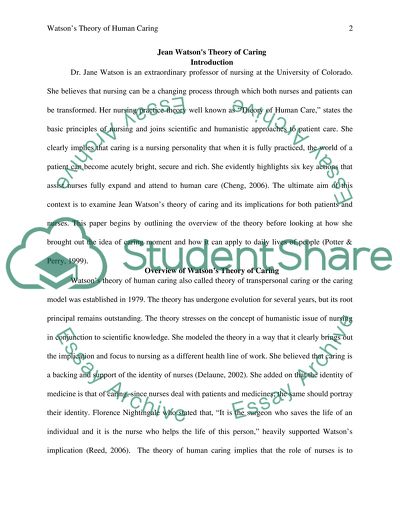Cite this document
(Jean Watsons Theory of Human Caring Assignment Example | Topics and Well Written Essays - 2250 words, n.d.)
Jean Watsons Theory of Human Caring Assignment Example | Topics and Well Written Essays - 2250 words. Retrieved from https://studentshare.org/social-science/1589080-jean-watsons-theory-of-caring
Jean Watsons Theory of Human Caring Assignment Example | Topics and Well Written Essays - 2250 words. Retrieved from https://studentshare.org/social-science/1589080-jean-watsons-theory-of-caring
(Jean Watsons Theory of Human Caring Assignment Example | Topics and Well Written Essays - 2250 Words)
Jean Watsons Theory of Human Caring Assignment Example | Topics and Well Written Essays - 2250 Words. https://studentshare.org/social-science/1589080-jean-watsons-theory-of-caring.
Jean Watsons Theory of Human Caring Assignment Example | Topics and Well Written Essays - 2250 Words. https://studentshare.org/social-science/1589080-jean-watsons-theory-of-caring.
“Jean Watsons Theory of Human Caring Assignment Example | Topics and Well Written Essays - 2250 Words”. https://studentshare.org/social-science/1589080-jean-watsons-theory-of-caring.


